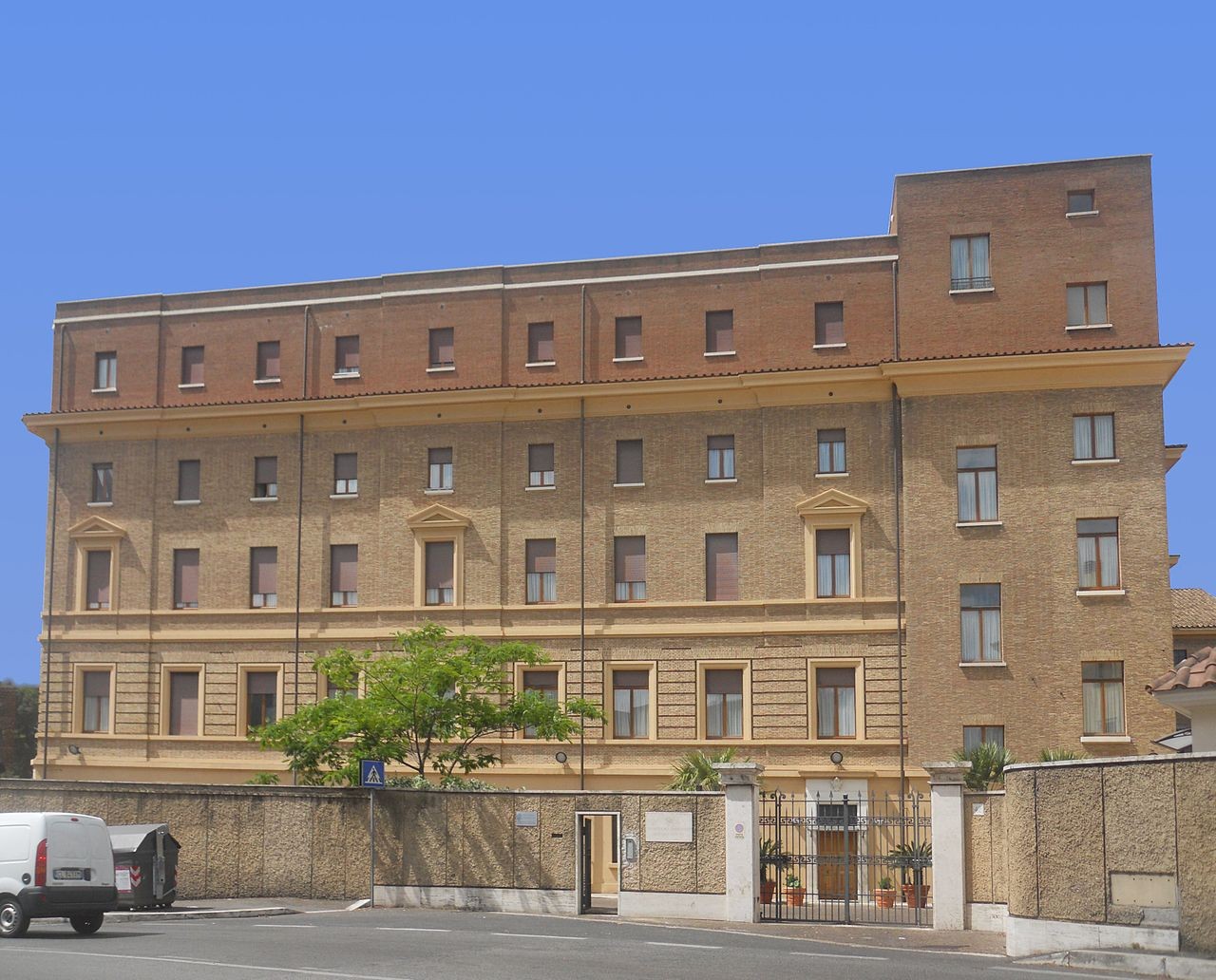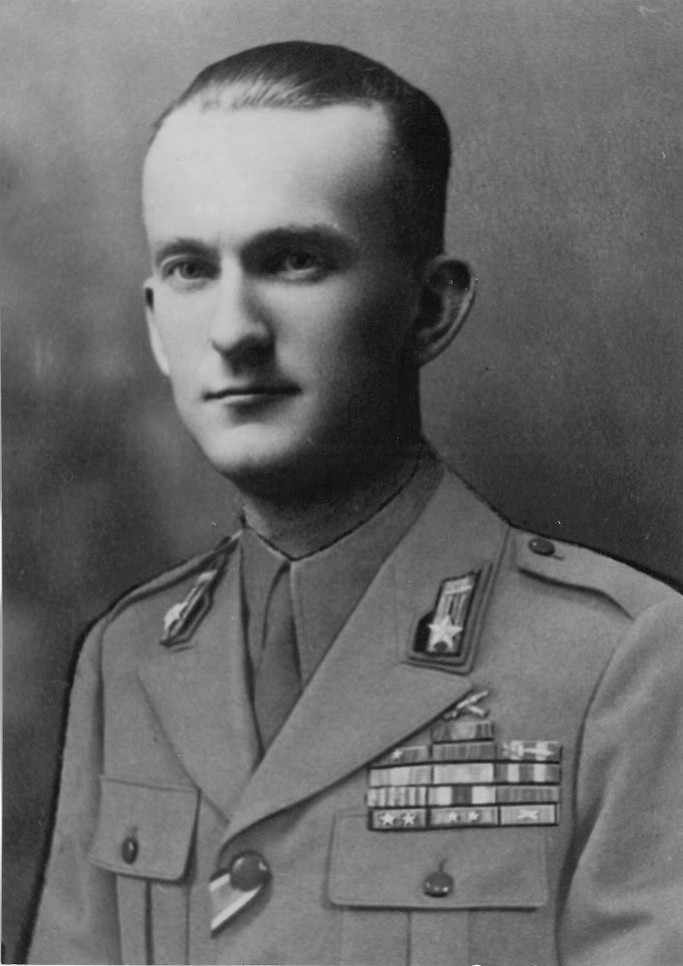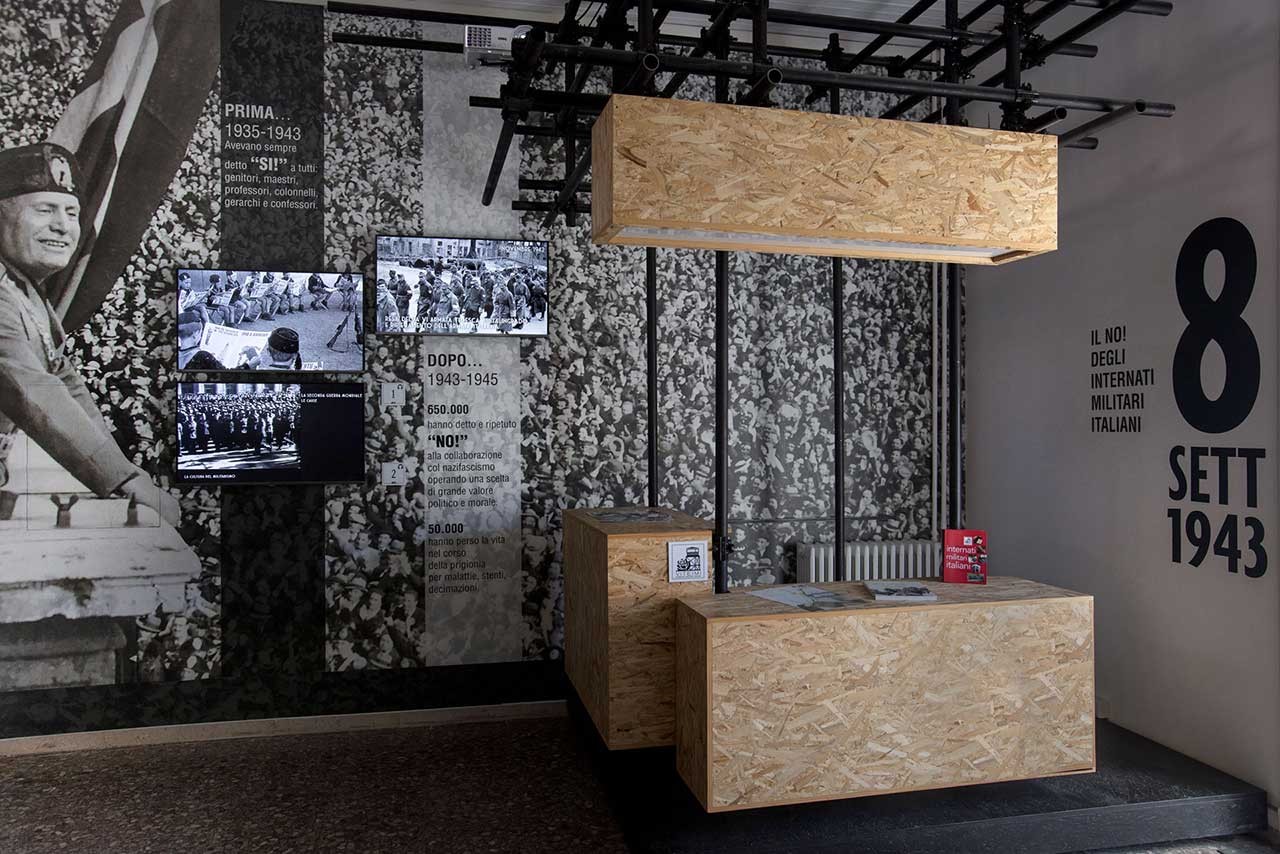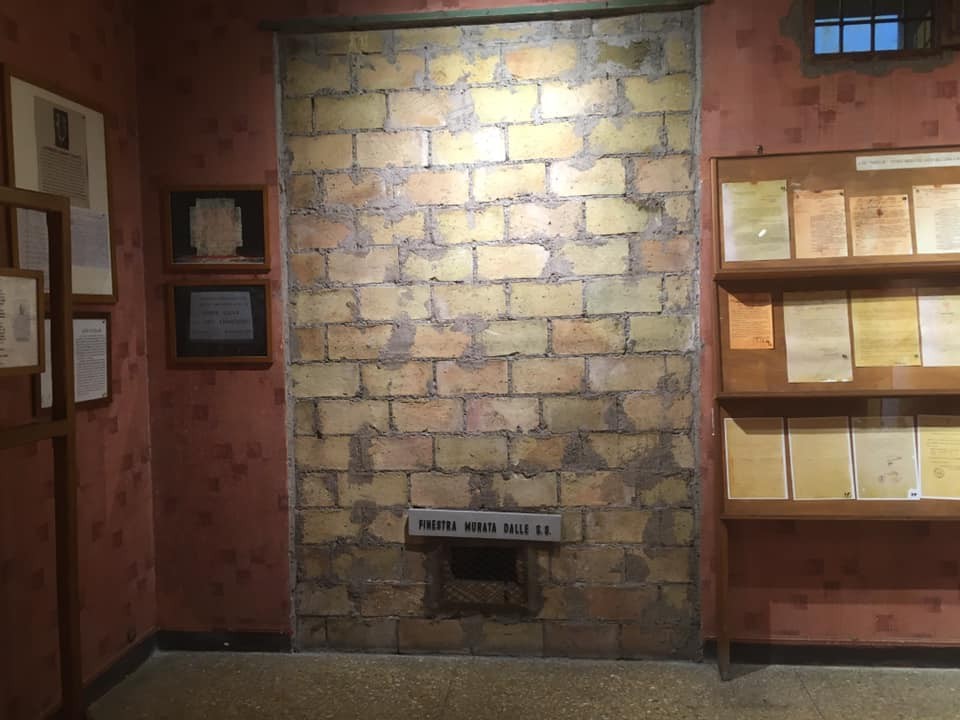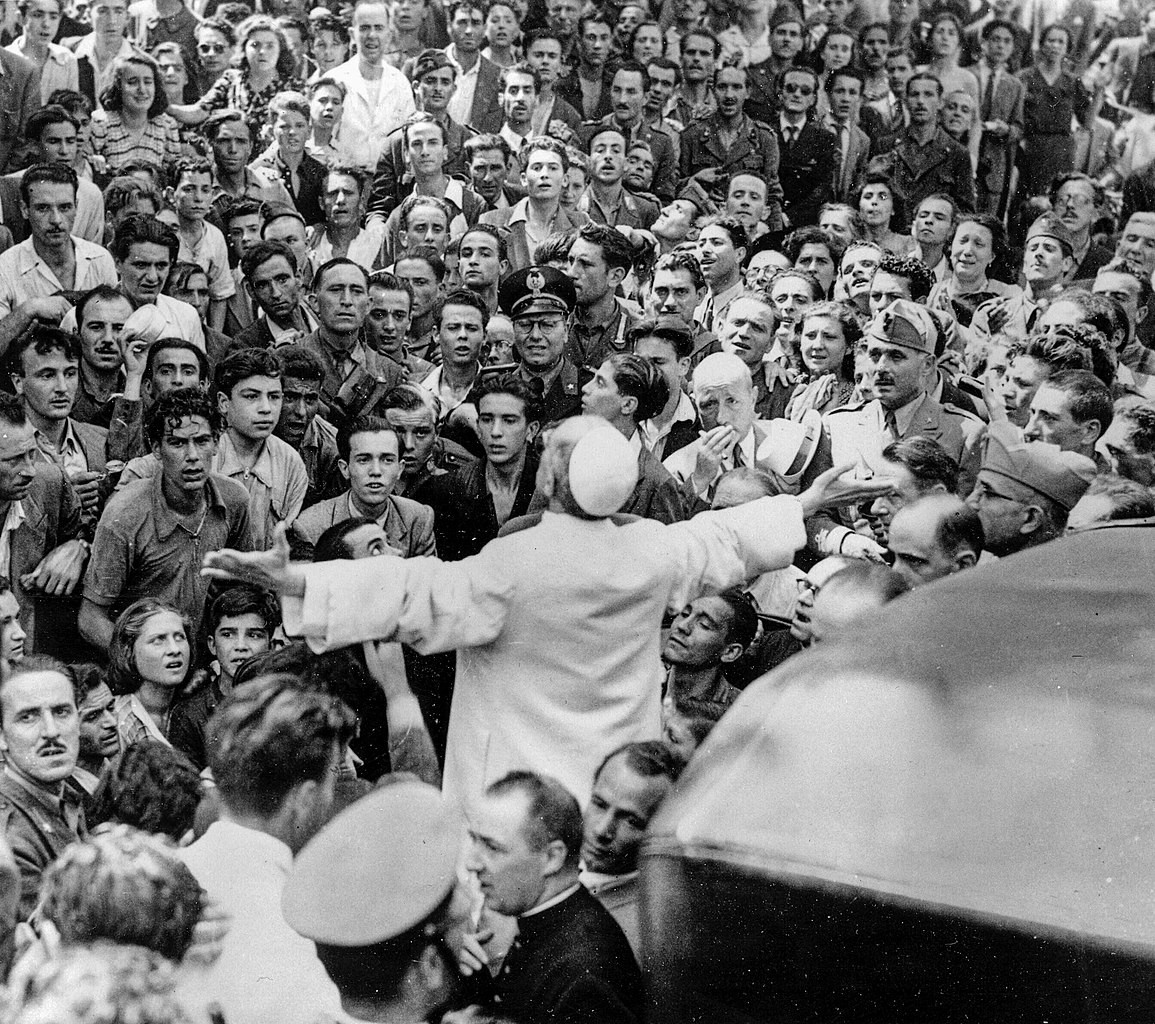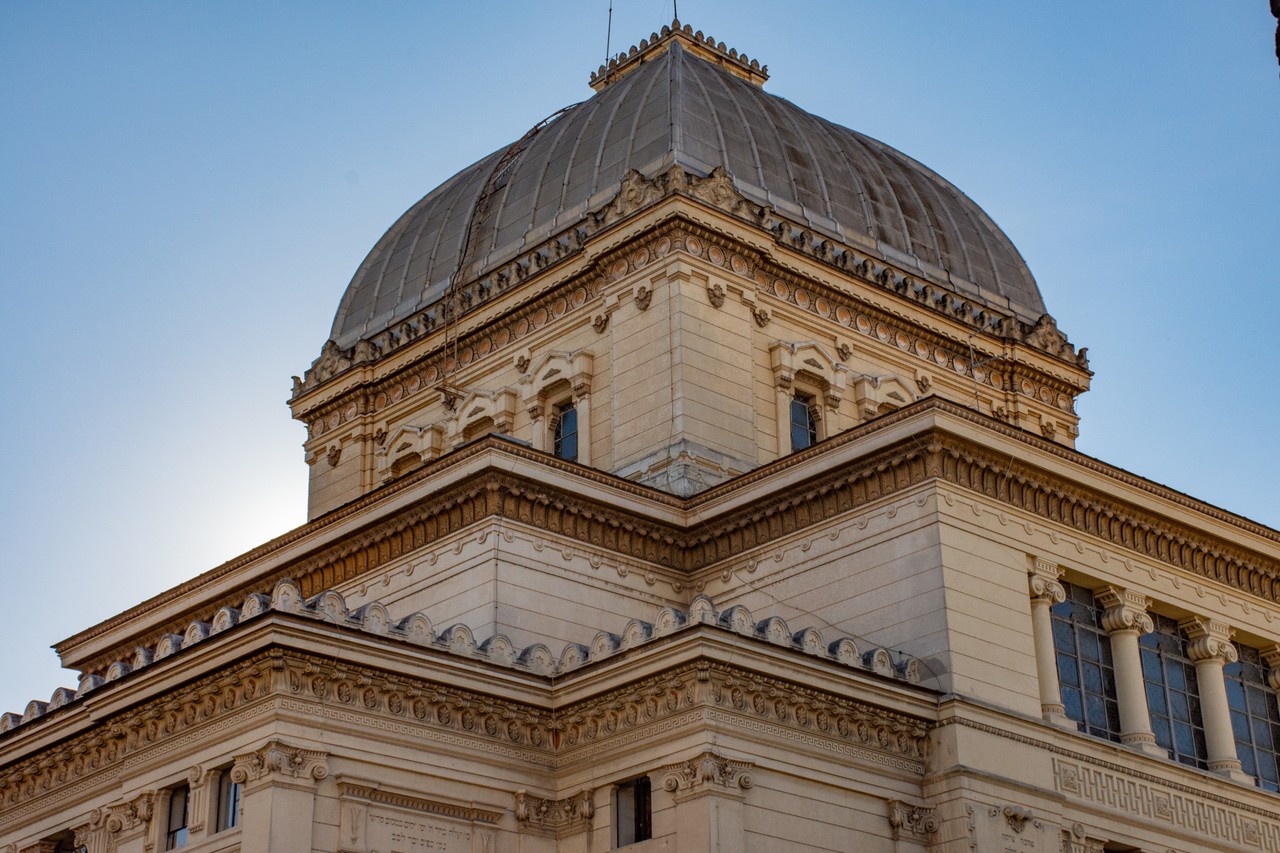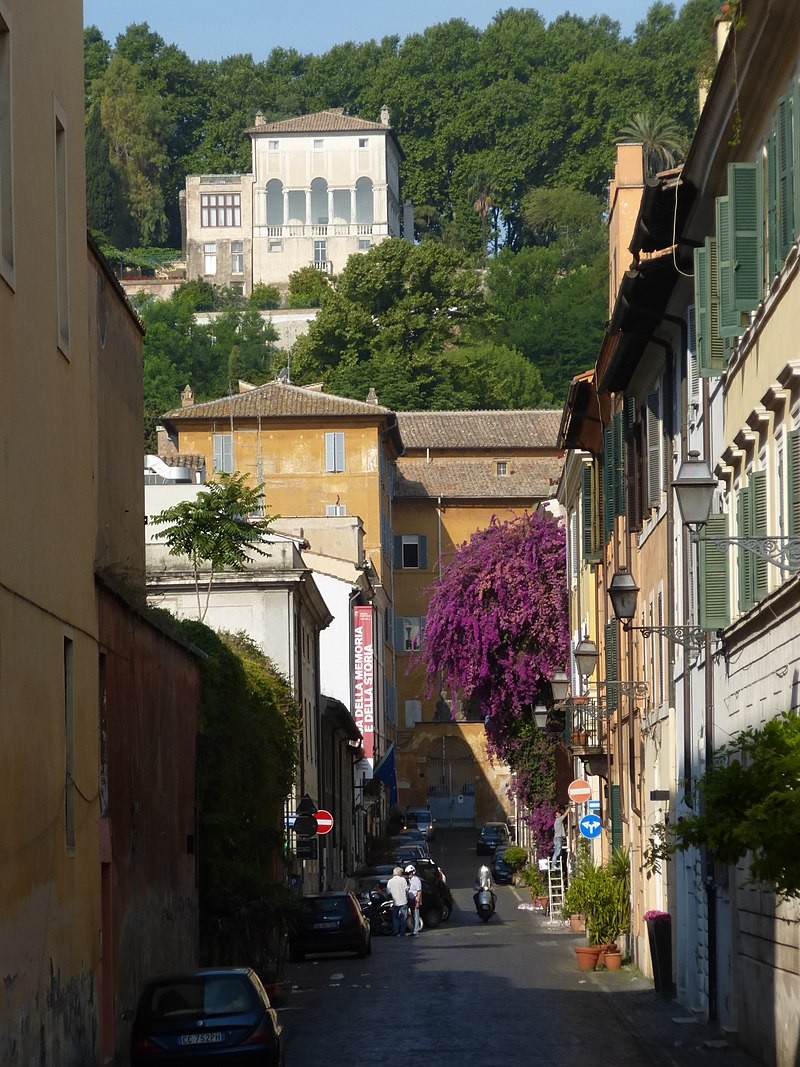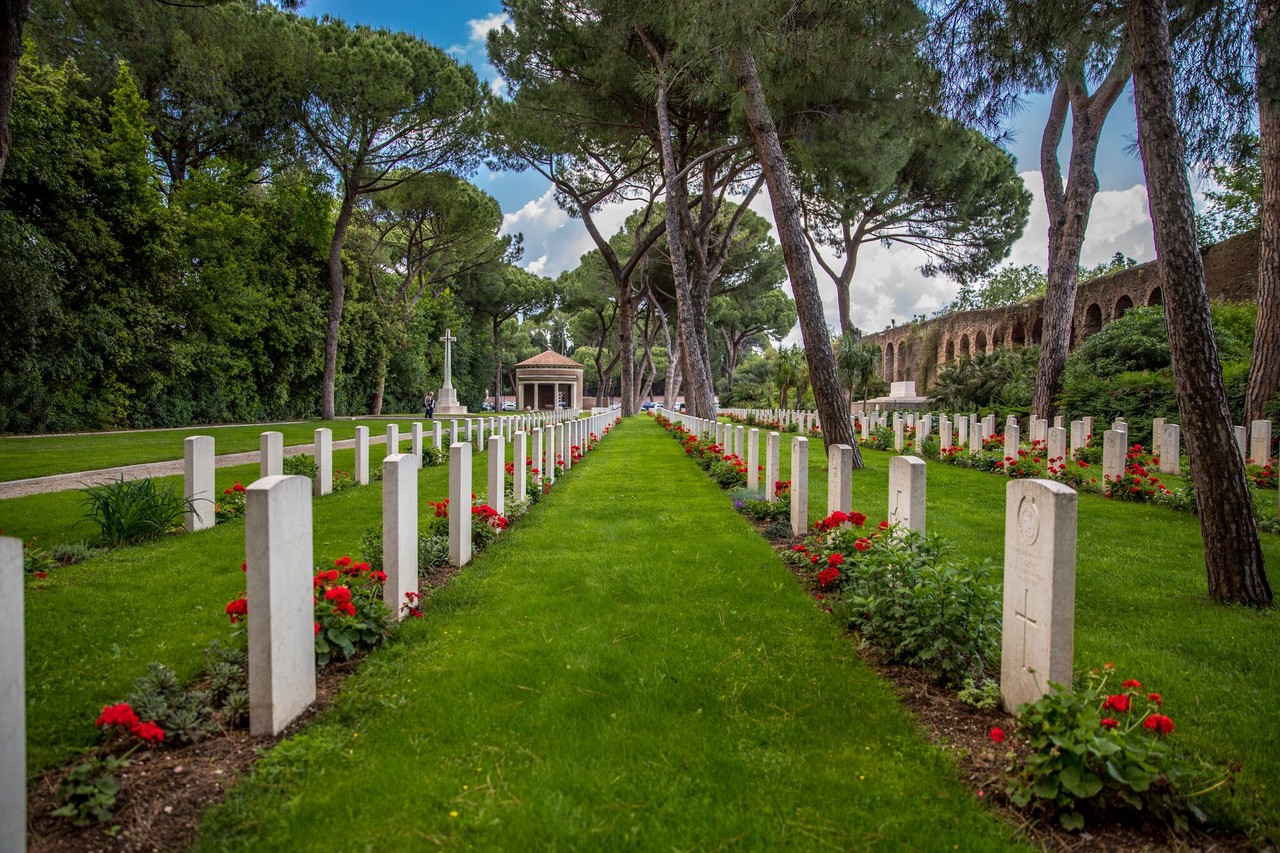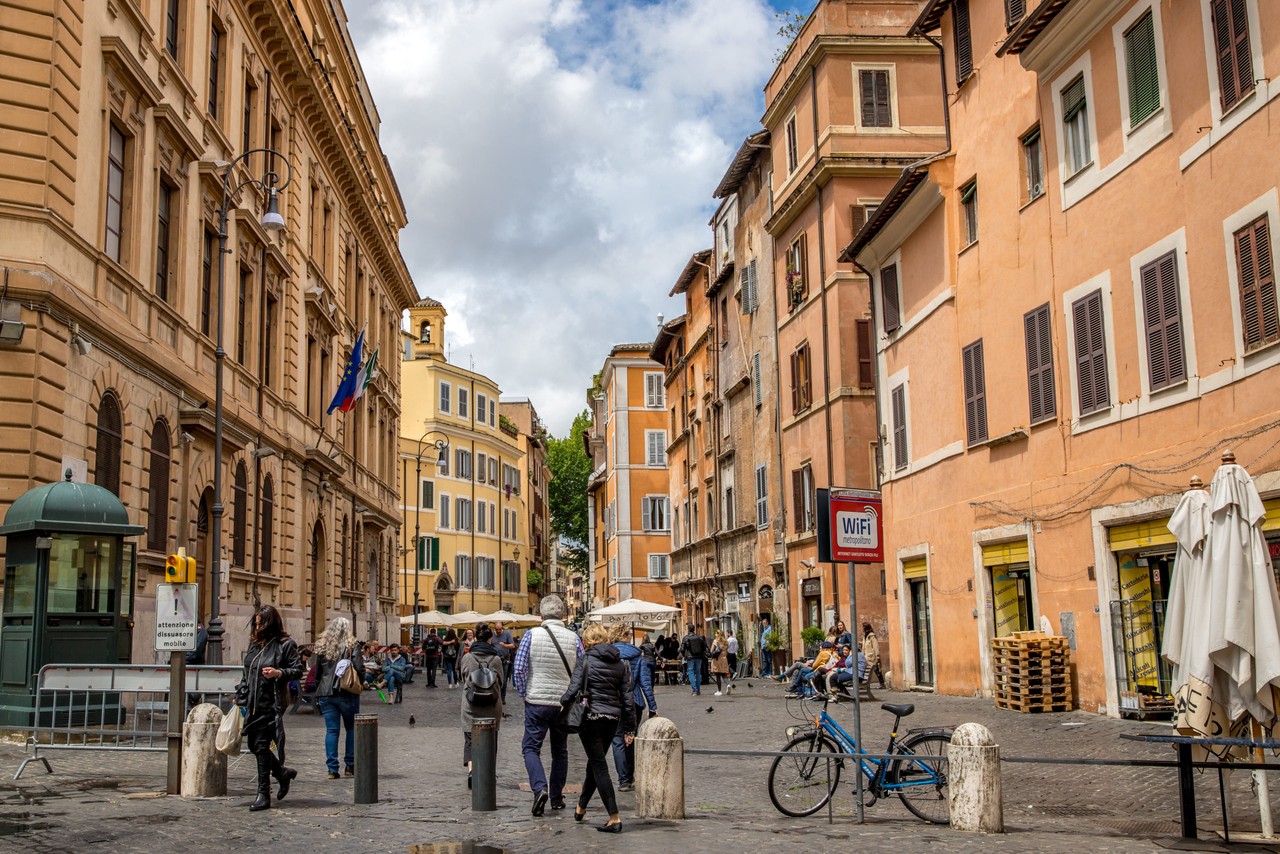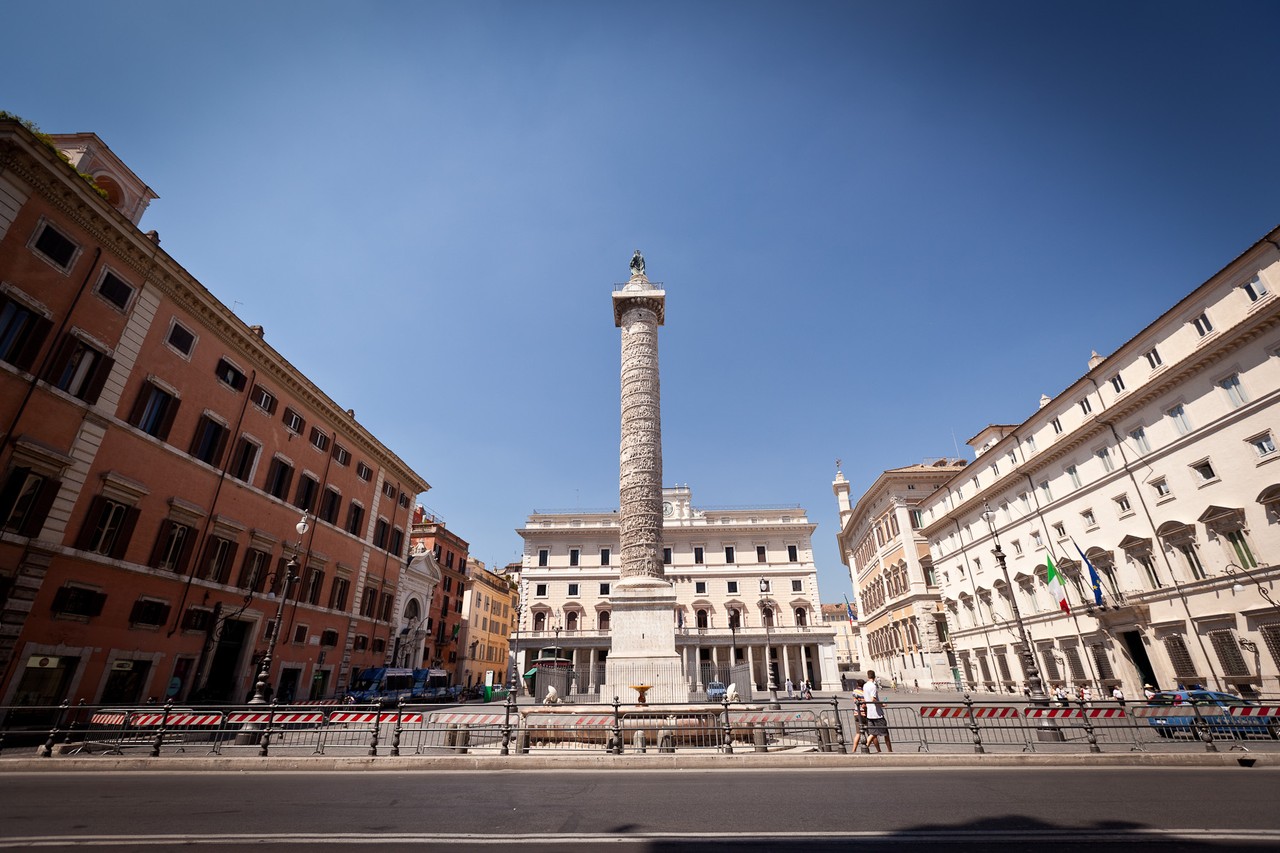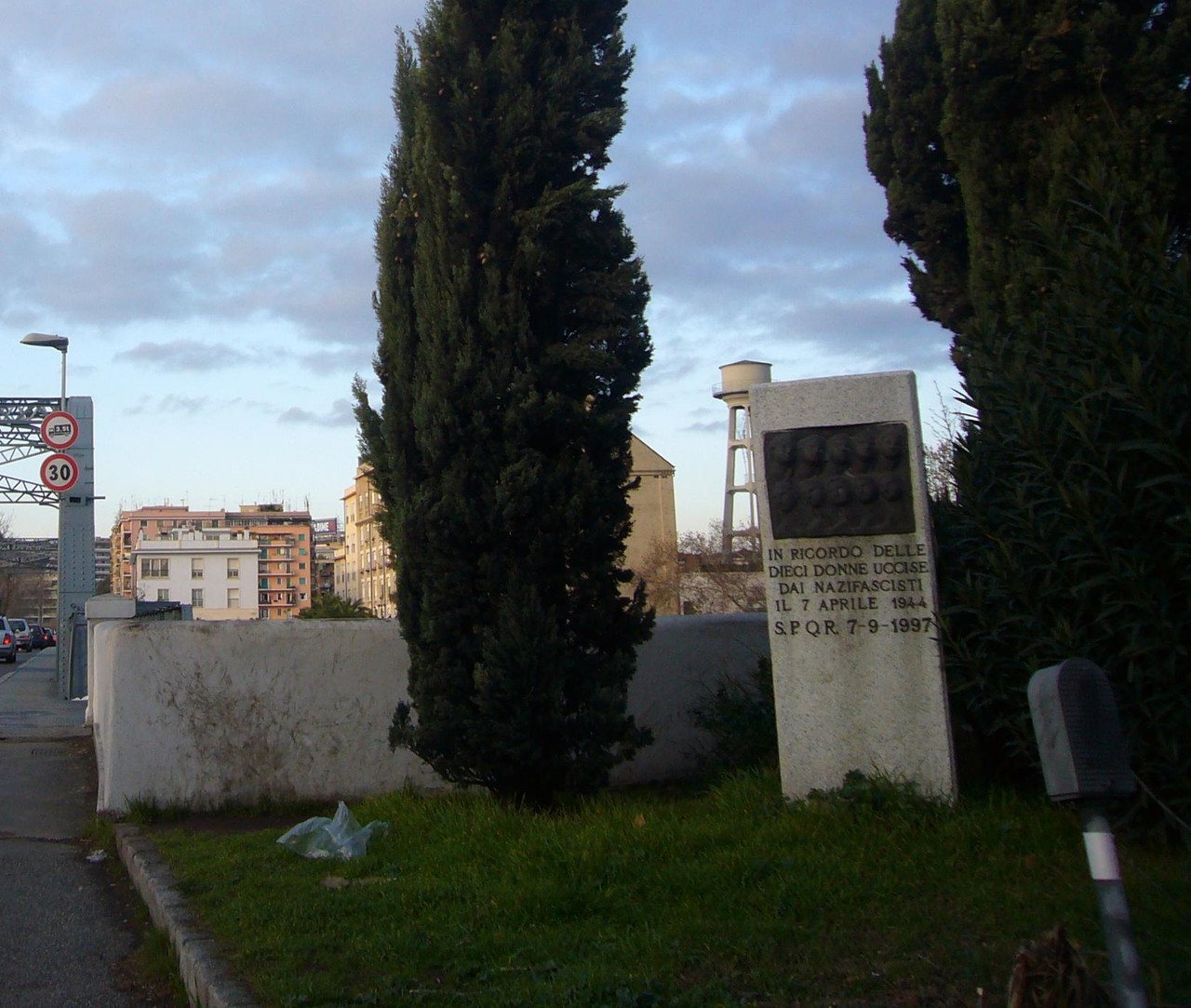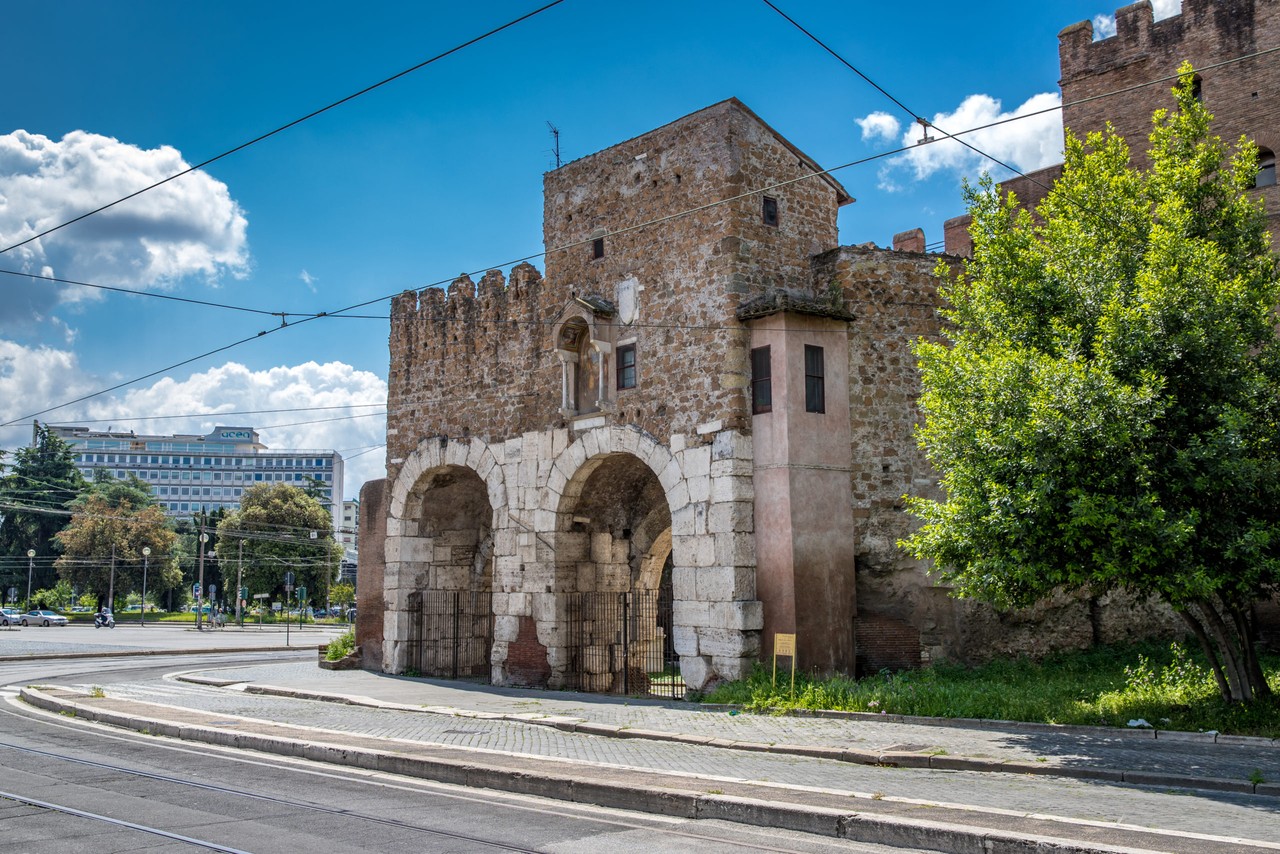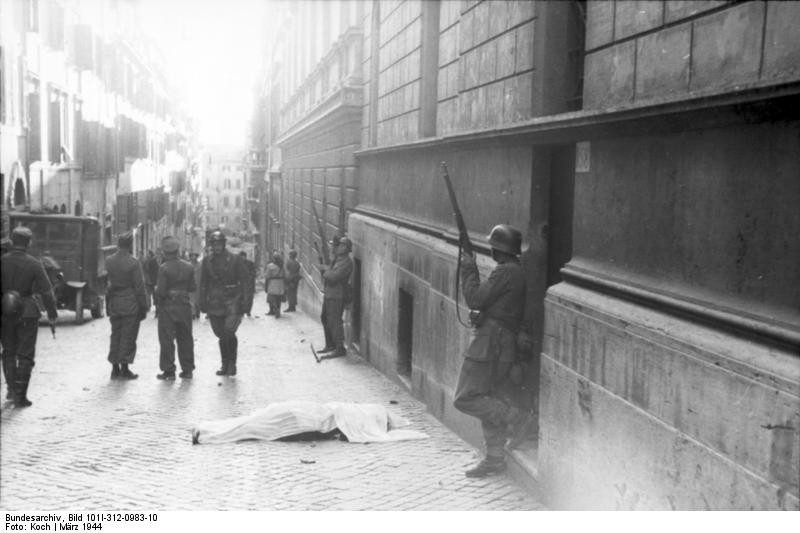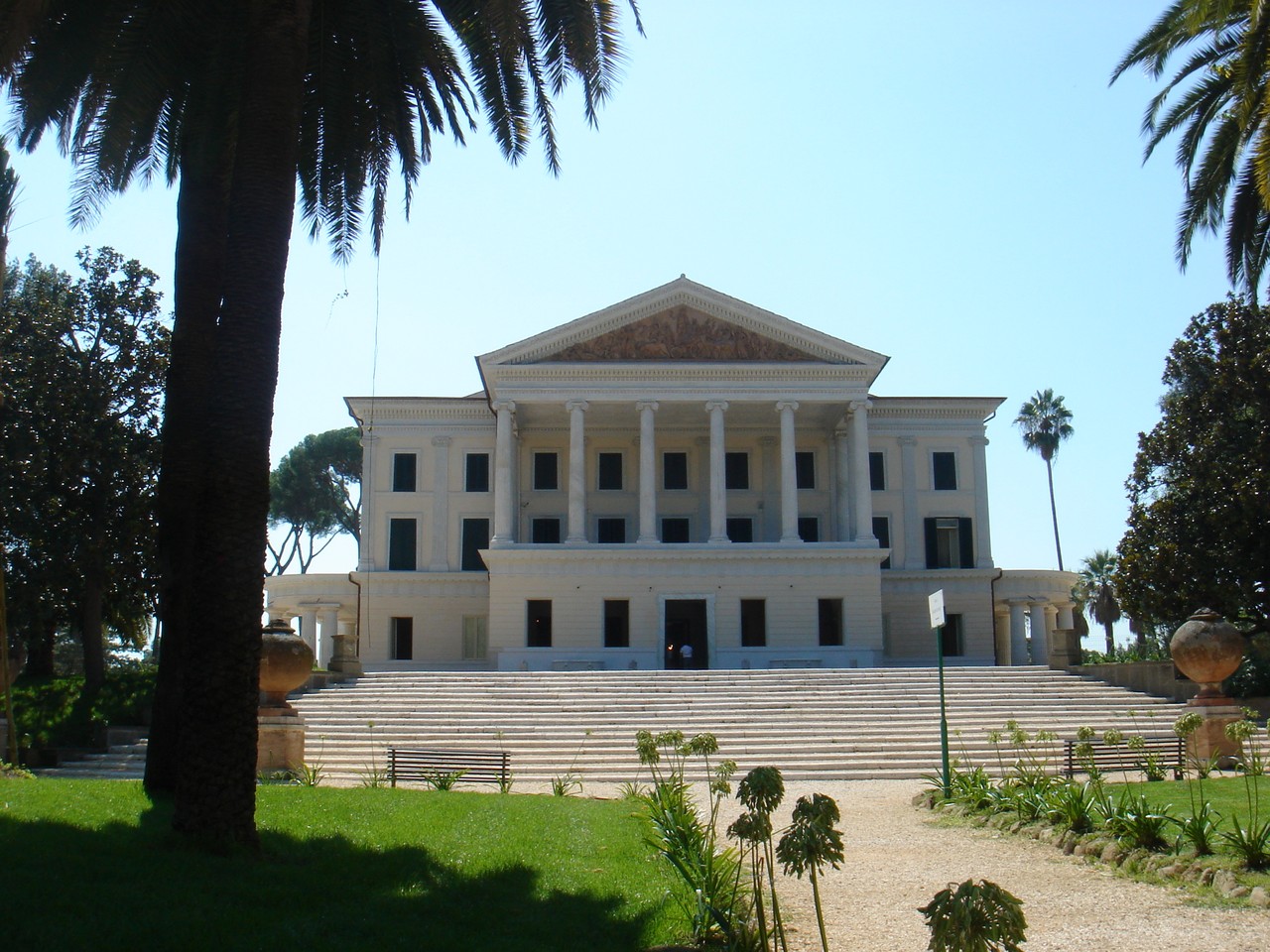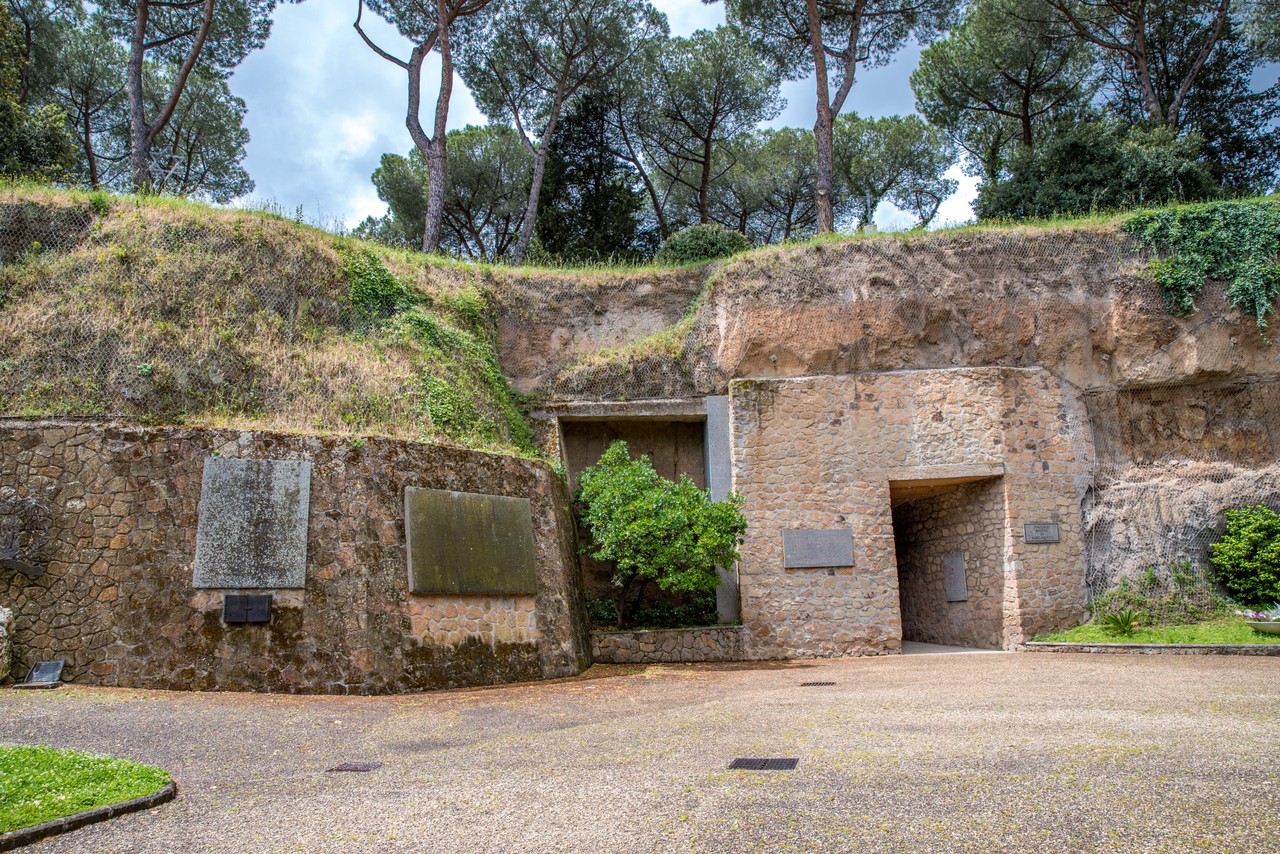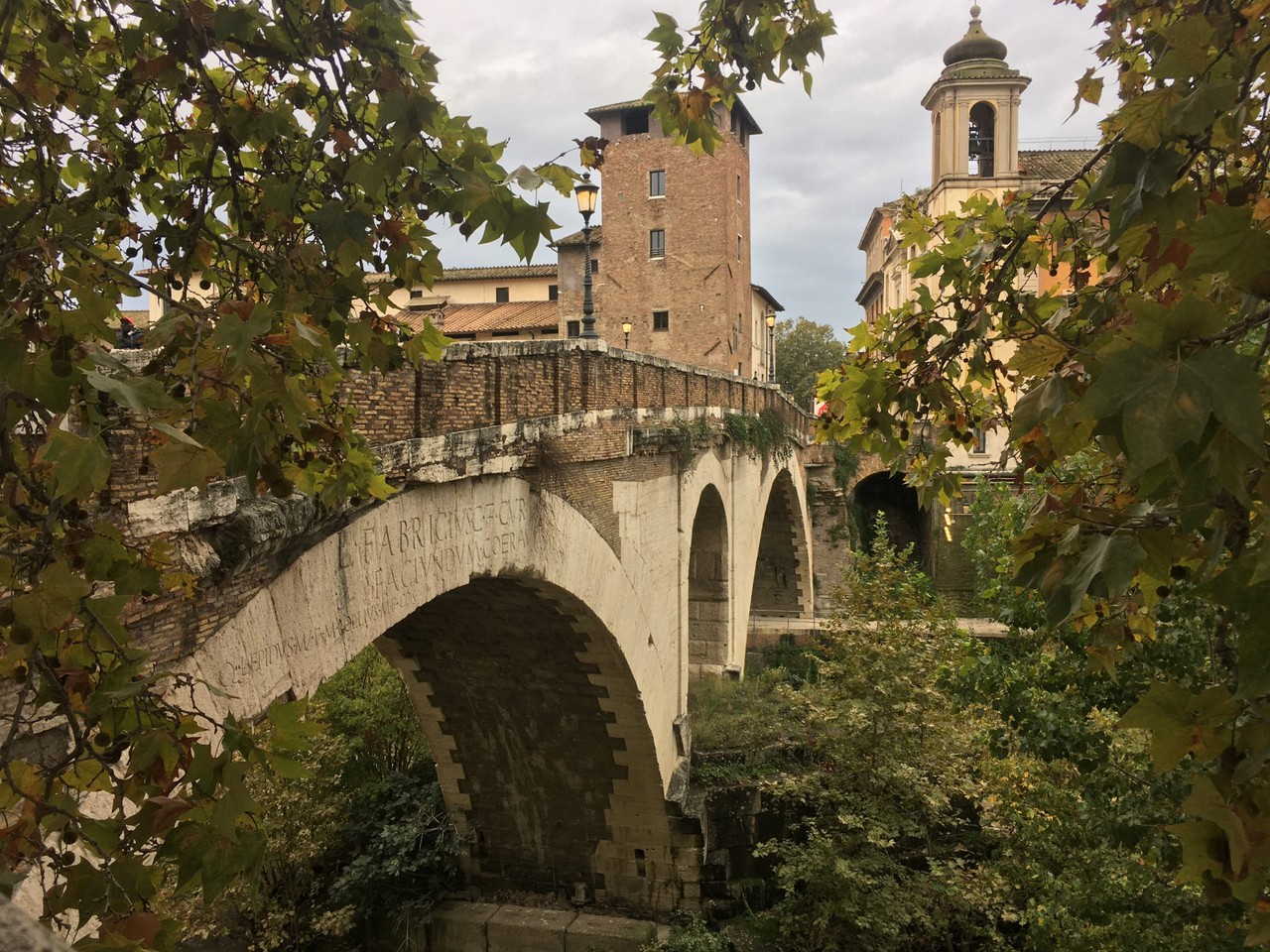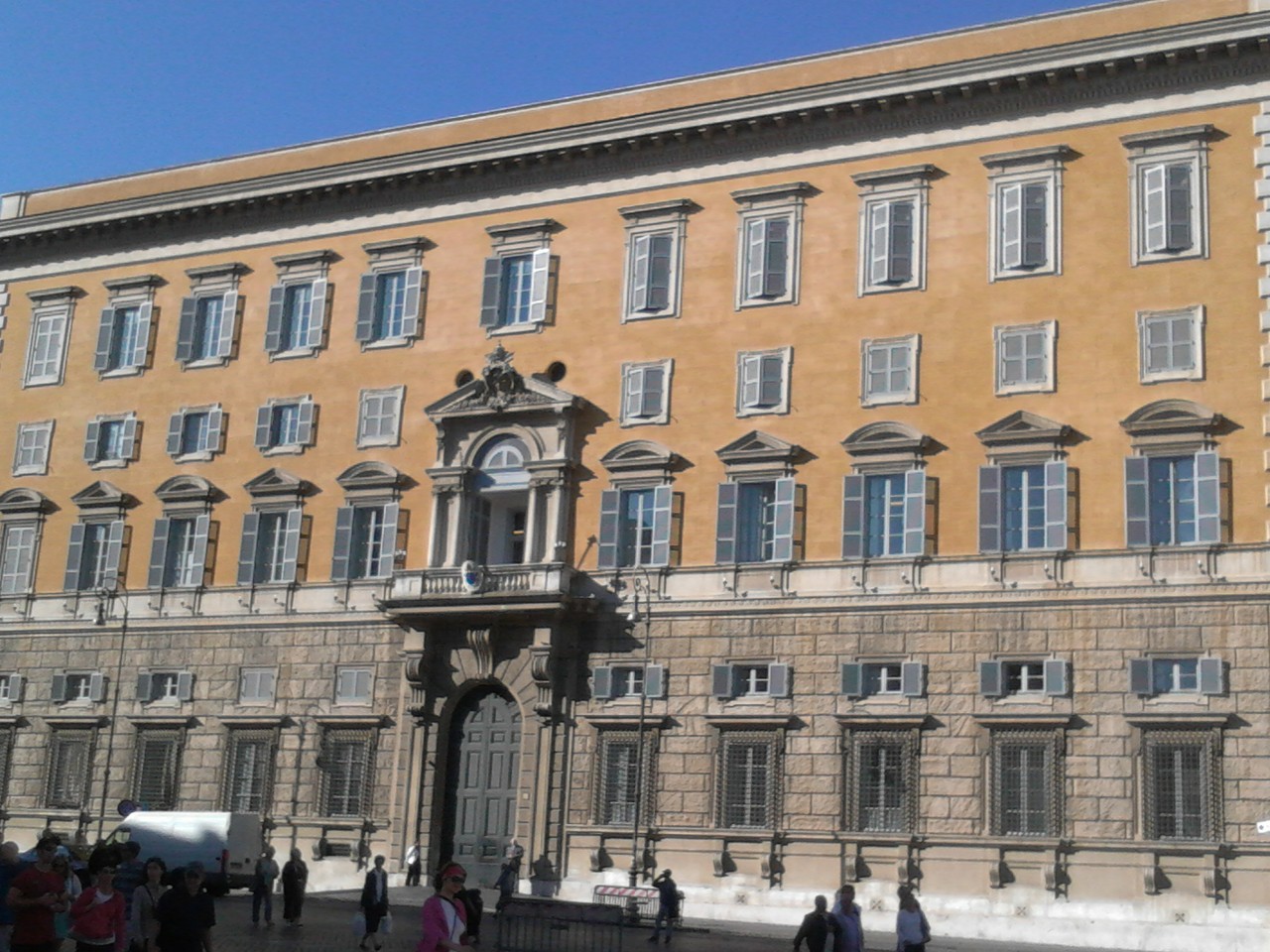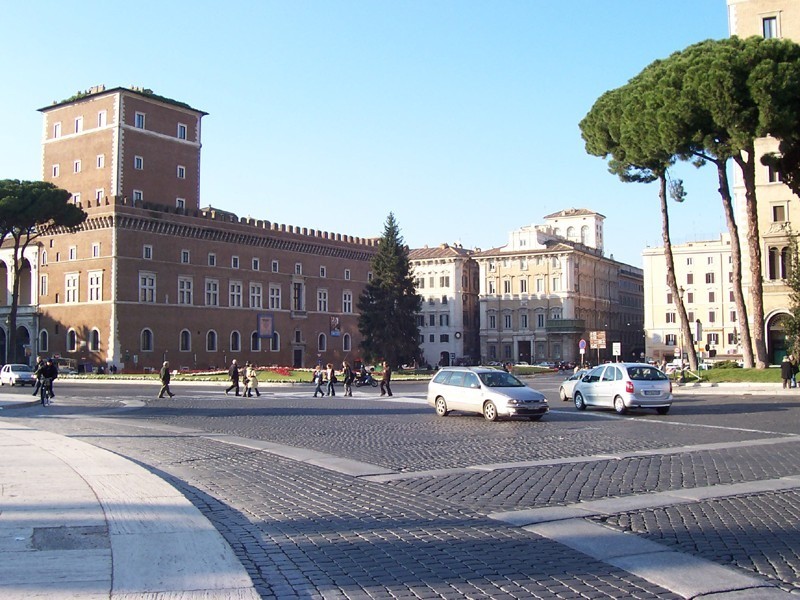In September 1943, the Italian capital was occupied by Nazi troops: this occupation shattered forever the dream of keeping Rome out of the war. The months of occupation were harsh months of brutal repression, famine and cold and despite attempts at resistance, Rome was only liberated with the arrival of the Allies' troops in June 1944. You can discover the key locations of World War II in Rome by visiting the city’s many museums, monuments, and battlegrounds Discover all the key locations of world war II in Rome.
Rome is the heart of Christianity, the capital of Italy, but also the place that gave rise to fascist mobilisation.
Its history during the Second World War is particularly intense and important: starting with the bombing on 19 July 1943, which was decisive for the fall of Mussolini, Rome was the scene of a series of dramatic events.
On 8 September 1943, the King fled the city and only two days later, the Nazis entered Rome, taking control and forever shattering the dream, defended by General Badoglio, of keeping Rome out of the war.
The occupation was extremely harsh: the raid of the Ghetto on 16 October 1943, the rounding up and deportations on 31 January 1944, and the massacre of the Fosse Ardeatine on 24 March of the same year are just a few examples of the most tragic moments experienced by the inhabitants of the capital during that period.
As the episodes in Porta San Paolo and Via Rasella remind us, the resistance of the population in the city was intense, but unfortunately not enough to challenge Nazi power.
The city was only liberated with the arrival of the Allies on the night of 4-5 June 1944.
